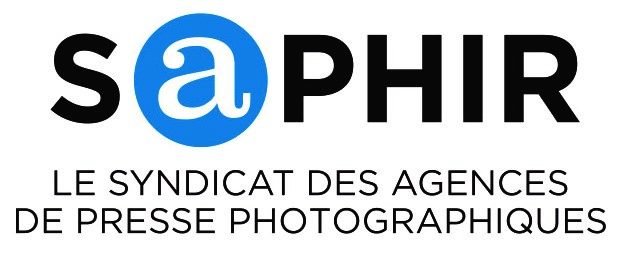CEPIC, International Association of the Media Licensing Industry, is pleased to announce the release of its AI Ethical Guidelines for Responsible Re-Use and Production of Visual Content. The guidelines provide a framework for ethical and responsible use of AI in the Re-Use and Production of visual content.
As the use of AI continues to expand in the field of visual media, it is crucial to establish ethical standards that ensure that the collection of data and the creation of generative media is done in an accountable way that avoids unintentional harm and ensures the protection of creators’ rights as well as individuals’ rights.
Existing images are often chosen to train algorithms that will create new images. Technology has caught up with the law, and the law is struggling to cover all possible uses and potential abuses. Many companies are producing derivative products that use existing grey areas to gain a competitive advantage by avoiding remunerating the original creators, sacrificing long-term societal benefits for short term gains.
It is in this context, of fast technological development and legal uncertainty and with the ambition to support virtuous innovation in this field, that in May 2022 CEPIC set up an AI working group to develop Ethical Guidelines for Responsible Re-Use and Production of VISUAL CONTENT and with the ambition to support real innovation in this field. The working group included image producers and AI developers as well as IP lawyers from both sides of the Atlantic. Group coordinator was Valérie Théveniaud-Violette.
CEPIC’s Guidelines provide a set of five key principles that guide the ethical use of AI:
- Lawfulness
- Transparency
- Necessity (data minimisation)
- Accuracy
- Security
“We recognize the potential of AI to transform the visual media industry, but we also acknowledge the risks associated with its use,” said Christina Vaughan, CEPIC’s President. “By releasing these ethical guidelines, we aim to provide a framework that encourages responsible use of AI and ensures that all third-party rights, including copyright and privacy rights are protected.”
“The Guidelines are the product of intense discussions between producers of traditional imagery providers and producers of AI generative content. We are today releasing a beta version, open for feedback from the visual media industry” explains Sylvie Fodor, CEPIC’s executive director. “The Guidelines will be up-dated as technology and the law evolve. While we don’t expect the five key principles based on the GDPR to change, the examples provided will.”
The Guidelines cover a wide range of topics, including data protection, bias, accountability, and explainability. They also include practical recommendations for individuals and organizations working in the visual media industry to ensure that AI is used ethically and responsibly.
CEPIC’s AI Ethical Guidelines for Responsible Re-Use and Production of Visual Content are an essential step towards creating a fair and sustainable industry that benefits all stakeholders. We encourage all visual media professionals to embrace these principles and incorporate them into their work.
AI Ethical Guidelines for the Re-Use and Production of Visual Content (DOWNLOAD ENG)
Guide de bonnes pratiques pour une utilisation responsable et éthique de l’intelligence artificielle dans la réutilisation et la production de contenus visuels version française (TÉLÉCHARGEMENT FR)
To provide feedback to the beta version of the CEPIC AI Ethical Guidelines, please contact AI working group coordinator Valérie Théveniaud-Violette at v.theveniaud@cepic.org
There was be an official presentation at the CEPIC Congress in Antibes on the 11th May 2023
CEPIC 2023 – Day 2 – Presentation of CEPIC’s work in the realm of copyright, law enforcement and AI – YouTube
For more information on the guidelines, please visit CEPIC’s website at www.cepic.org
















